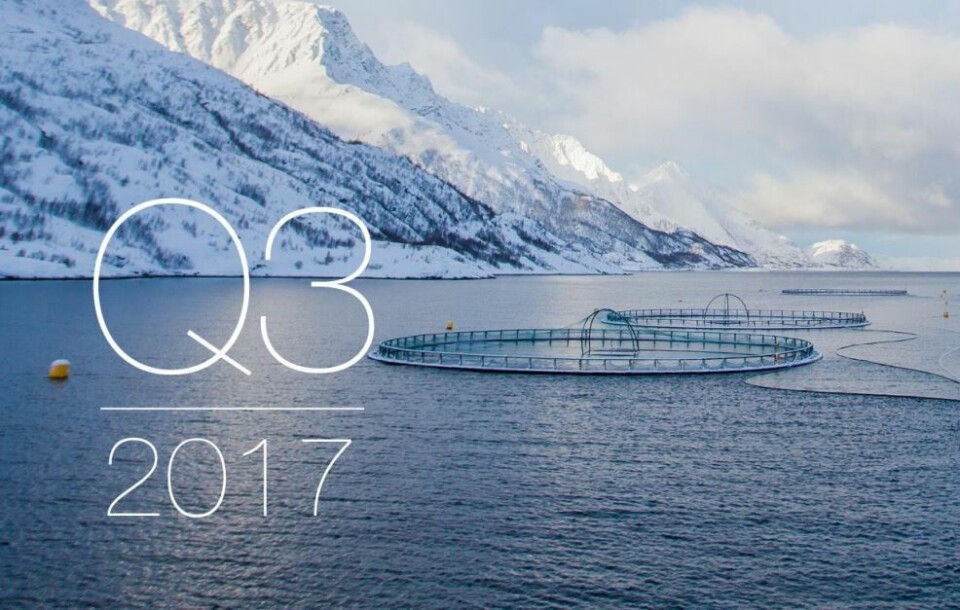
Grieg Shetland profits held back by lice and algae
Grieg Seafood Shetland (GSS) has lowered its anticipated harvest volume for 2017 by 1,000 tonnes because of biological problems.
The difficulties GSS has had with lice and algae were highlighted in a third-quarter report released by Norwegian-owned Grieg Seafood Group today. The report stated that lengthening fallow periods and other initiatives to reduce the level of lice will be a priority in the period ahead in Shetland.

Harvest volume in Shetland in Q3 was 4,391 tonnes, compared with 4,539 tonnes in the corresponding period last year.
GSS sales revenues in Q3 amounted to NOK 265.9m (£24.8m), slightly down from NOK 283.2m (£26.4m) in the same period last year.
Close collaboration
The report sated: "Costs remain high in Shetland, mainly due to the challenges presented by salmon lice and algae. However, the cost level in Q3 showed a slight improvement on the previous quarter. This trend is expected to continue in the fourth quarter.
"A low average harvested weight, due to a weak biological situation, has resulted in lower realised prices. Sea production was relatively stable throughout Q3. There is close collaboration with other fish farming parties in the region with a view to finding solutions to the challenges they face."
GSS operating profit before fair value adjustment of biomass was NOK 6.00 (56p) per kilo in Q3, down from NOK 15.90 (£1.48) in the same period last year. The report added: "As a consequence of the above-mentioned biological challenges, the total harvest volume from the Shetland region is likely to be 1,000 tons less than previously indicated."
Volume up 21%
Overall, Grieg Seafood Group reported its best-ever third-quarter results. The harvest volume for the Grieg Seafood Group in Q3 2017 was 16,875 tonnes, a 21 per cent increase on the 13,911 tonnes harvested in the corresponding period last year.
Combined with higher realised prices, aggregate operating income amounted to NOK 1,855 million (£172.75m) in the quarter, 19 per cent up on the corresponding period in 2016.
Operating profit per kilo stood at NOK 13.60 (£1.27) in Q3, slightly up from NOK 13.30 per kilo in the same period last year. The average spot price in the quarter was down NOK 3.92 (37p) per kilo on the same period last year, while Grieg Seafood's realised price increased by NOK 2.79 (26p) per kilo. Compared with last year's third quarter, costs in Q3 increased by NOK 2.50 (23p) per kilo, driven by a low harvest volume in the Rogaland region of Norway and a weak biological situation in Shetland.
Lower average growth
In Rogaland the harvest volume in Q3 was 1,687 tonnes, against 2,332 tonnes in the corresponding period last year. Grieg reported that as a consequence of the transition to a common zone structure for all fish farming companies in the region, some fish were harvested earlier than normal, resulting in slightly lower average growth and lower realised price.
In Finnmark, the other Norwegian region where Grieg has farms, 8,448 tonnes were harvested in Q3, almost twice the harvested volume of 4,504 tonnes in the same period last year. Both Norwegian regions have lowered annual harvest guidance by 500 tonnes.
In British Columbia, Canada, 2,350 tonnes were harvested in Q3, compared with 2,536 tonnes in the same period last year.
The full report can be found here.























































